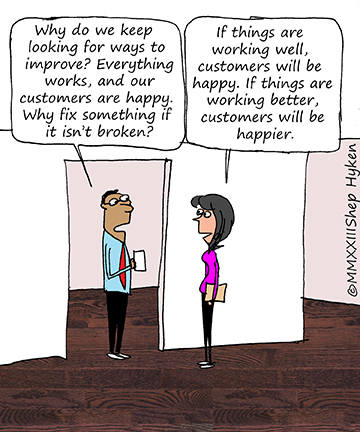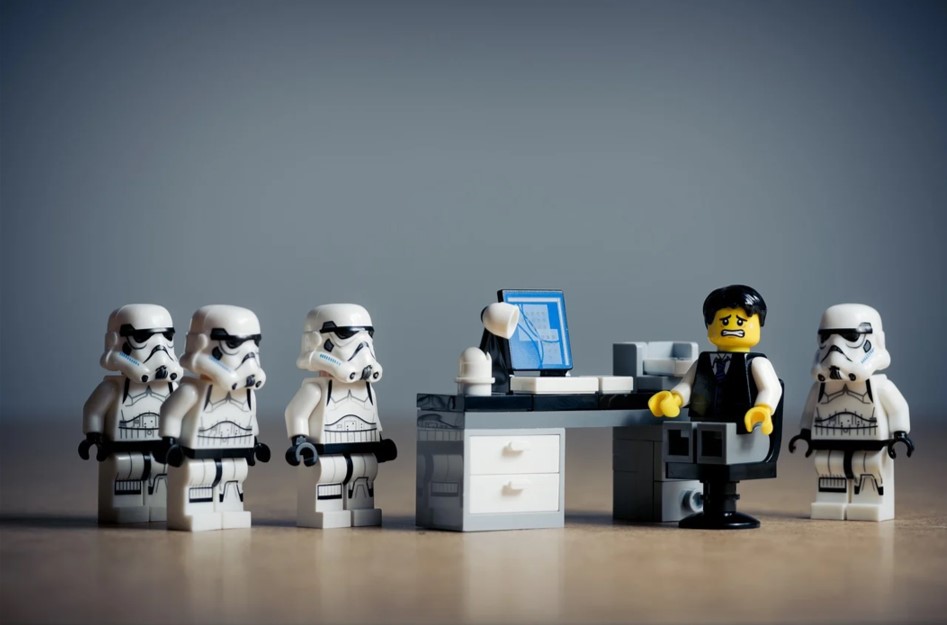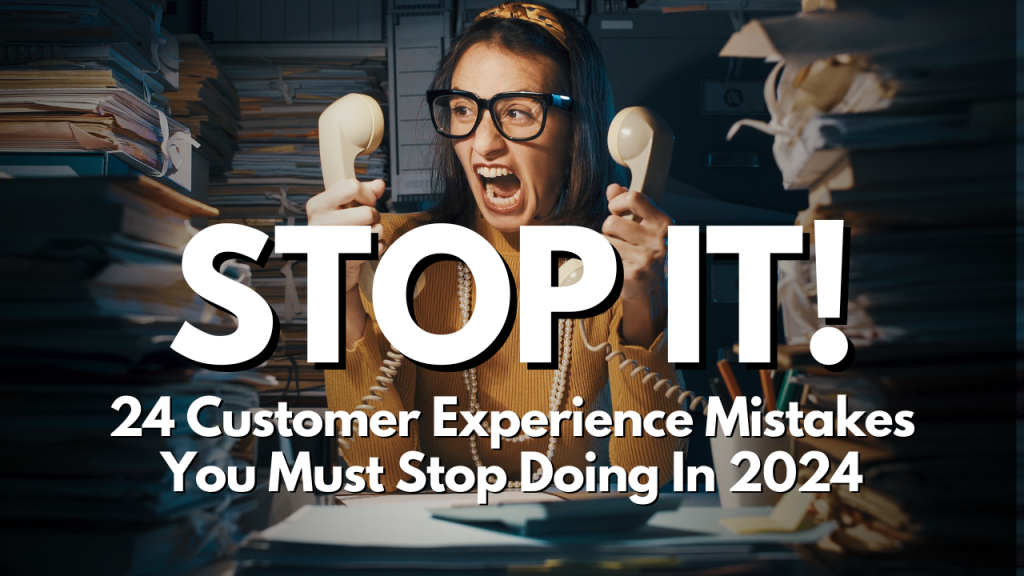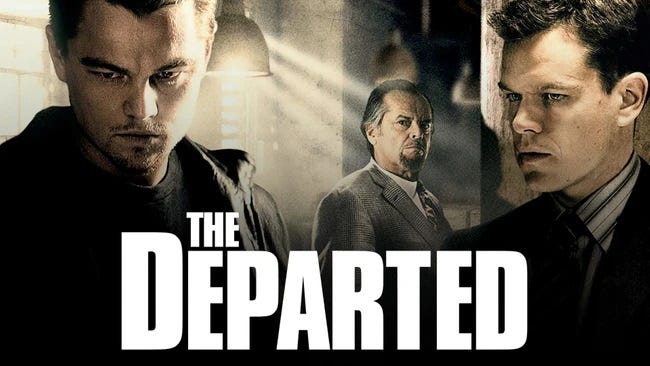
GUEST POST from Greg Satell
One of the most rewarding things about writing my book Mapping Innovation was talking to the innovators themselves. All of them were prominent (one recently won the Nobel Prize), but I found them to be the among the kindest and most generous people you can imagine, nothing like the difficult and mercurial stereotype.
At first, this may seem counterintuitive, because any significant innovation takes ambition, drive and persistence. Yet a study at the design firm IDEO sheds some light. It found that great innovators are essentially knowledge brokers who place themselves at the center of information networks. To do that, you need to build trust.
A report from Accenture Strategy analyzing over 7,000 firms found this effect to be even more widespread than I had thought. When evaluating competitive agility, it found trust “disproportionately impacts revenue and EBITDA.” The truth is that to compete effectively you need to build deep bonds of trust throughout a complex ecosystem of stakeholders.
From Value Chain To Value Ecosystem
In Michael Porter’s landmark book, Competitive Advantage, the Harvard professor argued that the key to long-term success was to dominate the value chain by maximizing bargaining power among suppliers, customers, new market entrants and substitute goods. The goal was to create a sustainable competitive advantage your rivals couldn’t hope to match.
Many of the great enterprises of the 20th century were built along those lines. Firms like General Motors under Alfred Sloan, IBM under Thomas J. Watson (and later, his son Thomas Watson Jr.) as well as others so thoroughly dominated the value chains in their respective industries that they were able to maintain leading positions in their industries for decades.
Clearly, much has changed since Porter wrote his book nearly 40 years ago. Today, we live in a networked world and competitive advantage is no longer the sum of all efficiencies, but the sum of all connections. Strategy, therefore, must be focused on widening and deepening links to resources outside the firm.
So you can see why trust has taken on greater importance. Today, firms like General Motors and IBM need to manage a complex ecosystem of partners, suppliers, investors and customer relationships and these depend on trust. If one link is broken anywhere in the ecosystem, the others will weaken too and business will suffer.
The Cost Of A Trust Event
The study was not originally designed to measure the effect of trust specifically, but overall competitive agility. It looked at revenue growth and profitability over time and then incorporated metrics measuring Sustainability and Trust to get a larger picture of a firm’s ability to compete.
The Accenture Strategy analysis is wide ranging, incorporating over 4 million data points. It also included Arabesque’s S-Ray data from over 50,000 sources to come up with a quantitative score and rate companies on their sustainability practices, as well as a proprietary measurement of trust across customers, employees, investors, suppliers, analysts, and the media.
Yet when the analysts began to examine the data, they found that the trust metrics disproportionately affected the overall score. For example, a consumer focused company that had a sustainability-oriented publicity event backfire lost an estimated $400 million in future revenues. Another company that was named in a money laundering scandal lost $1 billion.
All too often, acting expediently is seen as being pragmatic, because cutting corners can save you money up front. Yet what the report makes clear is that companies today need to start taking trust more seriously. In today’s voraciously competitive environment, taking a major hit of any kind can hamstring operations for years and sometimes permanently.
Where Trust Hits The Hardest
When the issues of trust come up, we immediately think about consumers. With social media increasing the velocity of information, even a seemingly minor incident can go viral, causing widespread outrage. That kind of thing can send customers flocking to competitors.
Yet as I dug into the report’s data more deeply, I found that the effect varied widely by industry. For example, in manufacturing, media and insurance, the cost of a trust incident was fairly low, but in industries such as banking, retail and industrial services, the impact could be five to ten times higher.
What seems to make the difference is that industries that are most sensitive to a trust event have more complex ecosystems. For example, a retail operation needs to maintain strong relationships with hundreds and sometimes thousands of suppliers. Banking, on the other hand, is highly sensitive to the cost of capital. A drop in trust can send costs surging.
Further, in industries like high tech and industrial services, companies need to stay on the cutting edge to compete. That requires highly collaborative partnerships with other companies to share knowledge and expertise. Once trust is lost, it’s devilishly hard to earn back and competitors gain an edge.
Building Resiliency
The trust problem is amazingly widespread. Accenture found that 54% of firms in the study experienced some kind of trust event and these can come from anywhere: a careless employee, a data breach, a defective product, etc. Yet Jessica Long, one of the Accenture Strategy Managing Directors who led the study, told me that a company can improve its resiliency significantly.
“It’s not so much a matter of preventing a trust event,” she says. “The world is a messy place and things happen. The real difference is how you respond and the resiliency you’ve built up through forging strong foundations in the crucial components of competitive agility: growth, profitability, sustainability and trust.”
Think about Steve Jobs and Apple, which encountered a number of trust events during his tenure. However, because he so clearly demonstrated his commitment to “insanely great” products, customers, employees and partners were more forgiving than they would be with another company. Or, more recently, the scandal when two men were arrested at a Starbucks store. Because Howard Schultz has built a reputation for fairness and because he acted decisively, the impact was far less than it could have been.
Perhaps most crucial is to build a culture of empathy. One of the things that most surprised me about the innovators I researched for my book is that many seemed almost as interested in me and my project as I was in them. I could see how others would want to work with them and share information and insights. It was that kind of access that led them to solve problems no one else could.
What the Accenture report shows is that the same thing is true for profit seeking companies. The best strategy to build trust is to actually be trustworthy. Think about how your actions affect customers, employees, partners and other stakeholders and treat their success as you would your own.
— Article courtesy of the Digital Tonto blog and previously appeared on Inc.com
— Image credits: Pixabay
 Sign up here to join 17,000+ leaders getting Human-Centered Change & Innovation Weekly delivered to their inbox every week.
Sign up here to join 17,000+ leaders getting Human-Centered Change & Innovation Weekly delivered to their inbox every week.


![]() Sign up here to join 17,000+ leaders getting Human-Centered Change & Innovation Weekly delivered to their inbox every week.
Sign up here to join 17,000+ leaders getting Human-Centered Change & Innovation Weekly delivered to their inbox every week.








